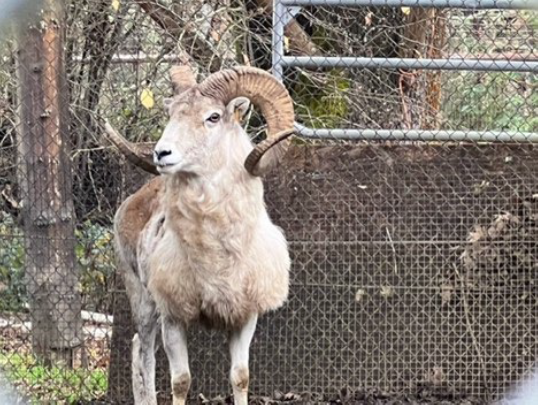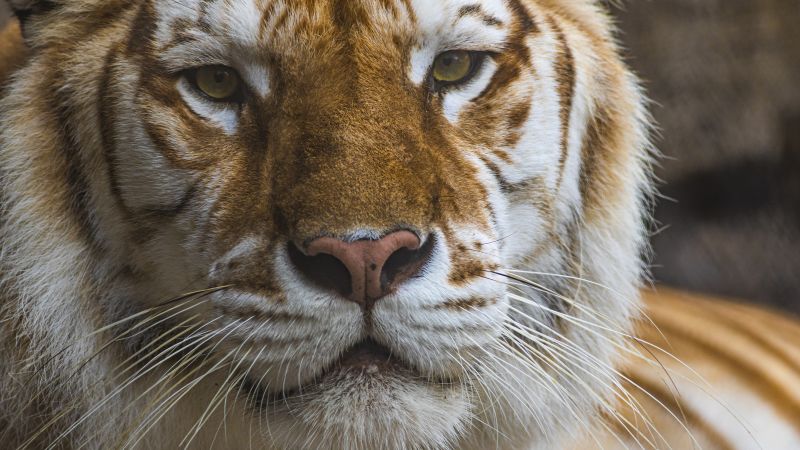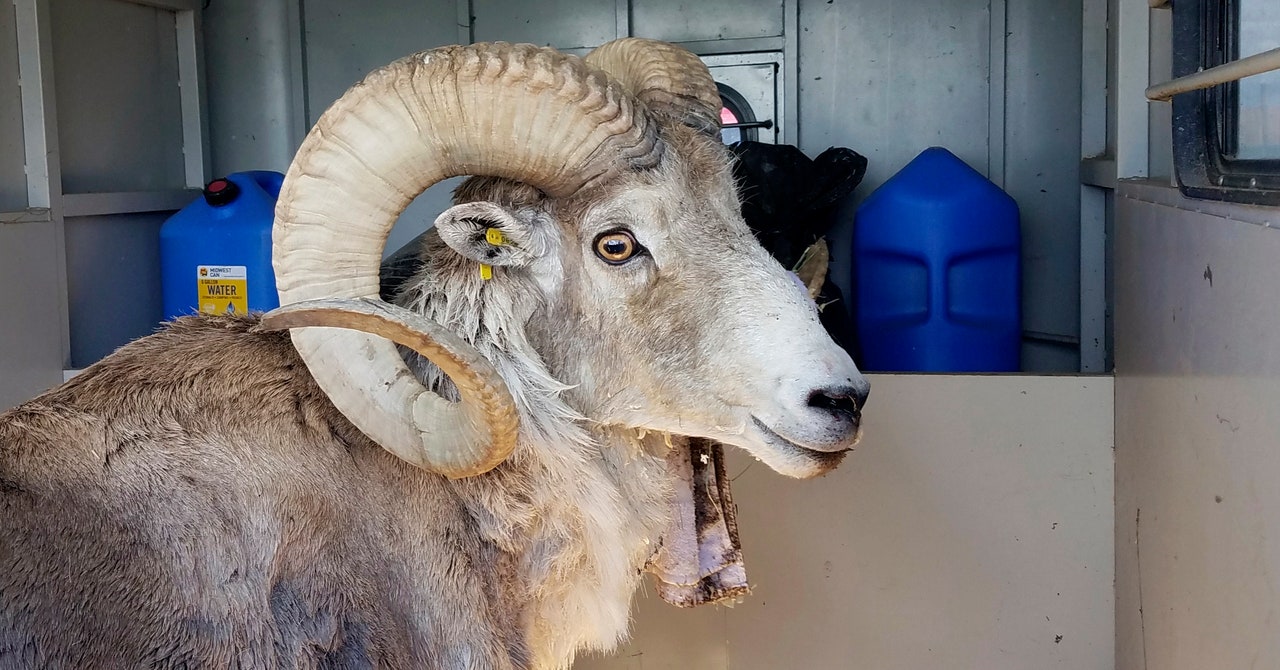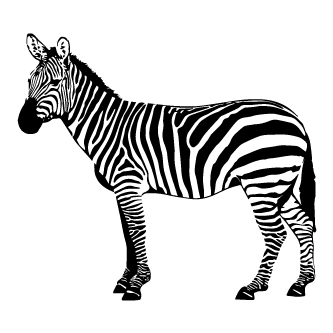A market for animal clones

Back when Netflix's Tiger King owned popular discourse — due to the being on lockdown — it always felt like a startling fact that there are more tigers in captivity in the US than in the wild. This shocked me at the time and saddened me, but made sense.

Because of that fact, cloning feels like an easy extension for those looking to traffic "exotic" animals and create breeding businesses. Recently, there was a great piece in Wired about a Montana man who was recently sentenced to 6 months for trafficking one of the world's largest sheep species. The man obtained body parts of the Marco Polo argali sheep from Kyrgyzstan and later cloned a sheep calling it "Montana Mountain King." The sheep can grow over 300 pounds with their horns spanning over 5 feet. The man later used the semen from the clone to impregnate ewes and sell off the offspring.
The press release on the prison sentence mentions that the man ran a "alternative livestock" ranch with a primary purpose of selling animals for hunting operations and game ranches — mostly to outfits in Texas. The primarily objective was to make money. Bigger sheep would sell for more to hunting and game operations. A bundle of question marks arise with this case, not to mention the legality. Most glaring, the Marco Polo sheep are prohibited from being imported to Montana, and are protected under the Convention on International Trade in Endangered Species (CITES) and domestically by the Endangered Species Act. But bringing in parts to clone? Creating the clone? Still illegal, but also shows a tunnel for creating animals for money, and begs to ask the question, is a clone still the same animal?
A trafficking case that involves animal cloning is extremely unusual, says Monique Sosnowski, a wildlife crime and security analyst at Farmingdale State College in New York state. It raises all kinds of strange questions, she says, like whether a cloned sheep should be considered an endangered or invasive species. According to Tenoglia, one of the government’s worries was that if MMK’s offspring were left to roam in the wild, they could dominate and outcompete native species in the US.
Cloning is catching on, with thousands of dogs, cats, and horses having been cloned in the US already. Legal documents allege that in 2015 Schubarth paid a deposit of $4,200 to enter into a “ovine cloning contract” to clone the Marco Polo argali sheep illegally trafficked into the US.
Read here:

Makes me think of the Sci-fi noir on Tears of the Trufflepig by Fernando A. Flores about "filtered animals" brought back from extinction and be mixed around into Pokémon like creatures for the wealthy.
https://us.macmillan.com/books/9780374538330/tearsofthetrufflepig
All cloning tech isn't bad, necessarily. What if we could save wild animals and preserve long-gone (or soon to be gone) animals? What if we did this to enhance ecosystems and change what humans have destroyed? It's kind-of possible. After decades of trial and error, researchers have brought back the South African Quagga, a smaller cousin to the zebra. A long ways from the wooly mammoth, but let's not deny, this tech is around, and so will be the animals we create.






Member discussion